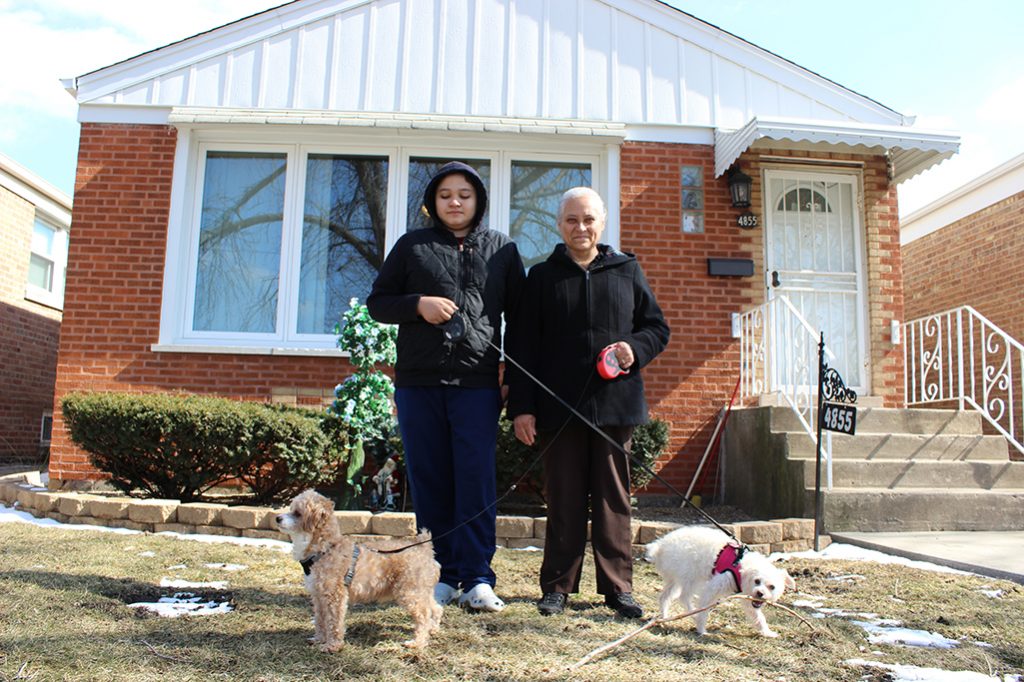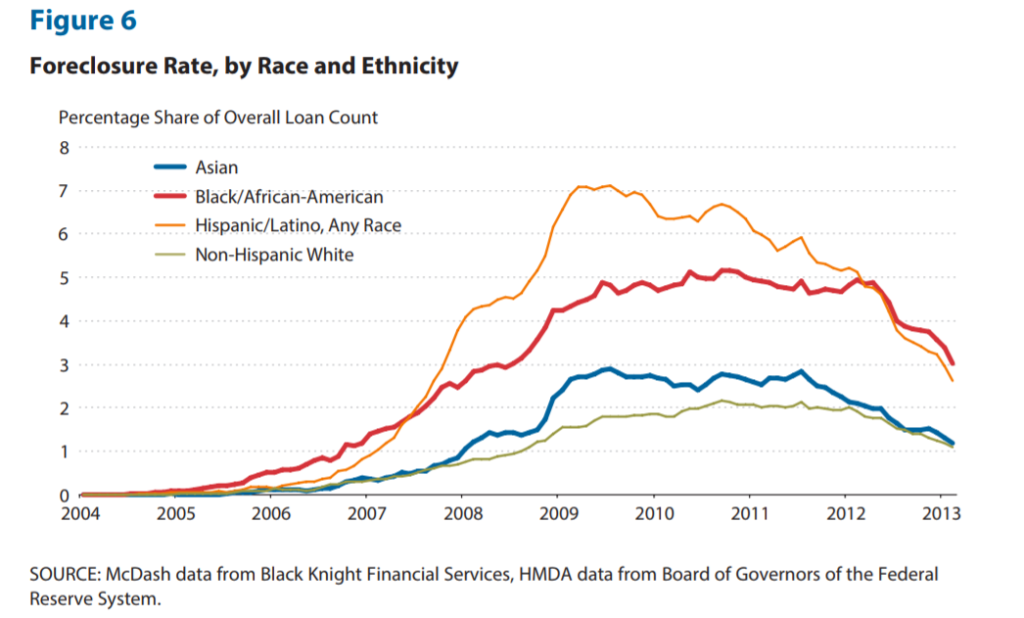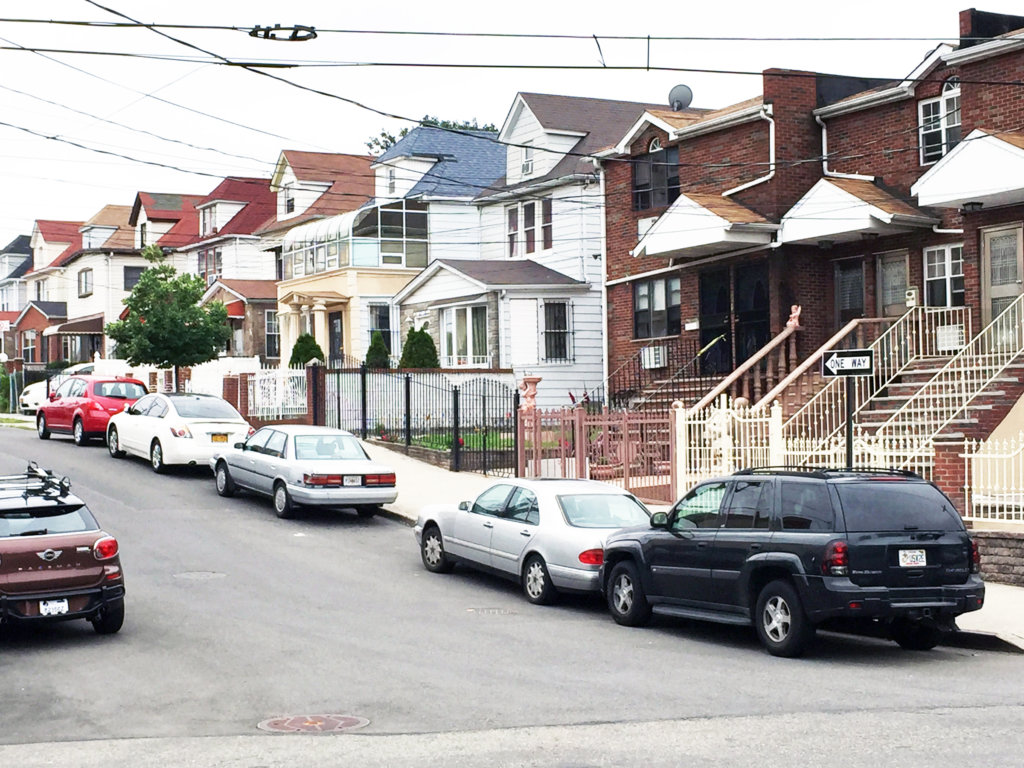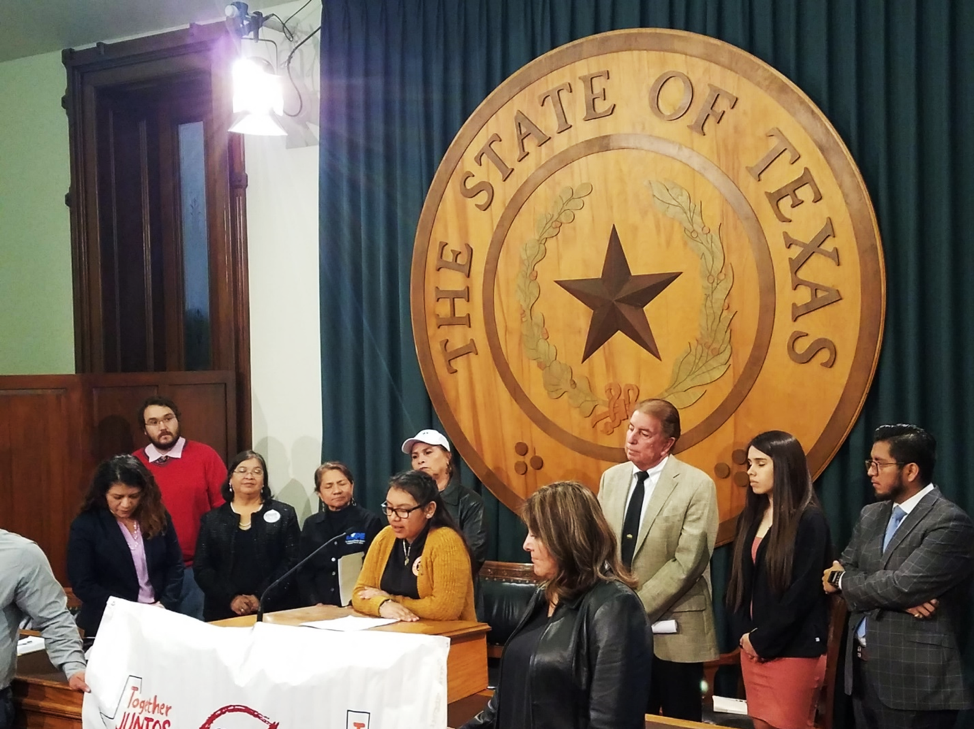How Trump’s immigration policies affect our country’s housing market
This is the second in a series on how Trump’s immigration policies affect all Americans. It is based on a forthcoming report on the effects of Trump’s immigration policy by UnidosUS. Read the first entry here.
By Carlos Guevara, Senior Policy Advisor, UnidosUS

During the past two years, the Trump administration has ramped up immigration enforcement in the country’s interior, hundreds of miles away from the border. These actions have consequences that go far beyond the individuals affected.
For example, there is evidence to suggest that Trump’s immigration policies could create instability in the housing market for all Americans—immigrant, or not.
Here is what’s going on:
1. An increase in the deportations has been linked to a higher rate of foreclosures among Latino households.
A study by Brigham Young and Cornell Universities showed that increased deportations between 2006 and 2008 led to a higher rate of foreclosures in the years that followed among Latino households as compared to other ethnics groups. The study noted that the surge in 287(g) agreements—which deputize local law enforcement officers to help Immigration and Customs Enforcement (ICE) agents enforce federal immigration laws—and associated increases in the deportation of wage-earning adults contributed to elevated levels of Latino foreclosure rates from 2008 to 2011. In fact, in 42 counties that had entered into 287(g) agreements with ICE, foreclosure rates among Latino households were nearly 70% higher than in otherwise similar counties.

As a result, the combination of the Great Recession of 2008 and increased immigration enforcement made Latino families even more vulnerable to the shocks of the economic crisis.
2. Latino families are still living in a precarious housing situation.
The Great Recession of 2008 devastated families across the country. But it was particularly damaging to Latino homeowners.
More than 65% of the accumulated wealth of Hispanics went up in smoke. Moreover, according to the Economic Policy Institute, in 2006, Latinos held 47% of all subprime mortgages, the volatile and controversial mortgage instruments at the center of financial crisis a decade ago. Job and income losses also occurring around that time stemming from the economic downturn in key economic sectors employing high levels of Latino workers (e.g., construction), as well as a bleak homeownership picture, were significant factors in Latinos having the highest foreclosure rate (7%) of any racial and ethnic group by 2009.
While nearly a decade has passed since the height of the foreclosure crisis, challenges to Latino homeownership persist today. Latinos are 78% more likely to be given a high-cost mortgage than their White counterparts when all other variables outside of race and ethnicity (e.g., credit scores, loan-to-value ratios, debt-to-income ratios) are held equal. In recent years, there has also been a renewed rise in the number of independent mortgage banks originating mortgages to minority groups, those with low income, and those with lower credit scores. Many of these same institutions were the ones aggressively targeting minority group borrowers with risky loans more than a decade ago.
3. Forcing TPS and DACA recipients out of their homes would lead to a dramatic loss in tax revenues.
In addition to ramping up immigration enforcement against undocumented immigrants, the Trump administration has also tried to rescind TPS and DACA for hundreds of thousands of people across the country. TPS (Temporary Protected Status) is a documented status given to people on humanitarian grounds, such as those fleeing war or natural disasters in their home countries. And DACA (Deferred Action for Childhood Arrivals) is also a documented status, but for youth who came to the United States before 2007 and who fulfill several rigorous eligibility criteria like submitting to background checks.
We previously talked about how approximately 58,000 TPS holders are estimated to own a home. Of these, nearly 30,000 are thought to be at risk of losing their homes since the Trump administration moved to end their TPS designation. Thirty thousand foreclosures would lead to a potential loss in tax revenues, which can have a profound impact on city budgets and local economies.
Similarly, a survey of DACA recipients found that 15% of those 25 and older own a home. While the courts have halted the Trump administration’s efforts to rescind TPS and DACA, these measures are temporary. The consequences for our local communities could be catastrophic if they were forced to leave their homes.

4. Construction of new homes could be affected.
Immigrants form a significant part of this country’s construction labor force. In Texas, 21% of Salvadorans and 24% of Hondurans with TPS work in construction. In Florida, those numbers are 23% and 29%. Aside from the profound personal cost to these workers, eliminating TPS could complicate labor shortages—construction companies already have difficulties finding workers in the current environment. In fact, we saw a preview of this on a small-scale last year when employers were having a hard time finding construction workers to aid in the disaster relief efforts in the Houston and Miami areas in the wake of Hurricanes Harvey and Irma, respectively.
5. Housing is more than just having a roof over your head.
An increase in deportations affects the lives of the millions of American children who have at least one undocumented parent. Families who do experience a detention or deportation may lose their family’s breadwinner and be forced to move to try to find a more affordable place to live.
Those who are unable to find an affordable option may end up in homeless shelters. These disruptions can often lead to behavioral or developmental issues for the children affected. Poor-quality homes can also influence the health and well-being of the families and children who live there.
Owning a home is the cornerstone of the American Dream. Trump’s immigration policies, including his repeated attempts at ending TPS and DACA threaten that dream—for all of us.




